Pork, one of the world’s most consumed meats, swims in a sea of myths and misconceptions. From health concerns to cooking methods, what we think we know about this popular protein might be completely wrong.
Let’s slice through the baloney and uncover the truth behind these commonly believed falsehoods about pork.
1. Pork Is Always Pink When Cooked Properly
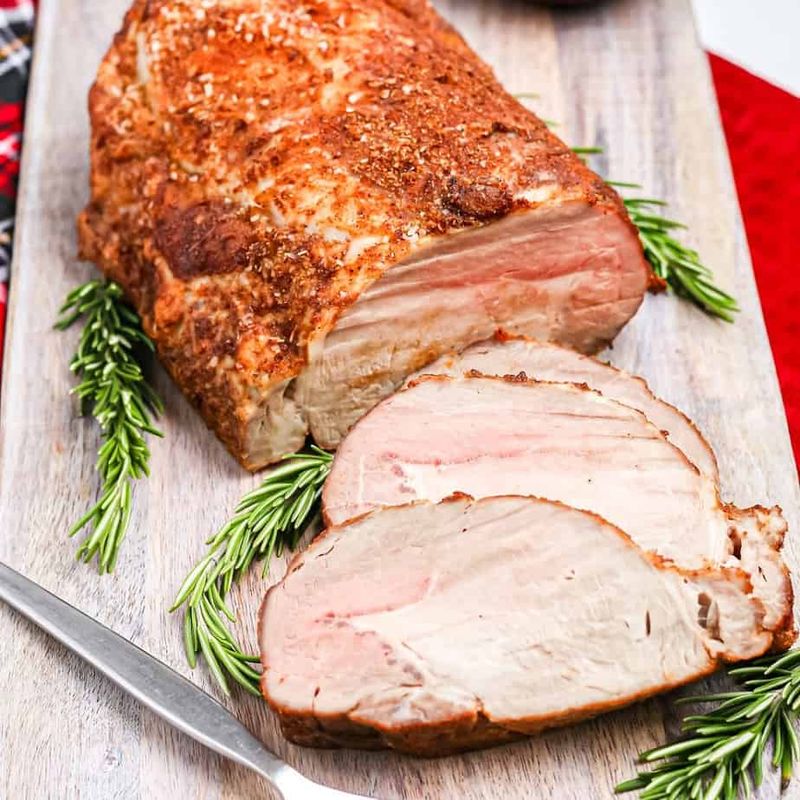
Newsflash! That slightly pink center in your pork chop doesn’t mean it’s undercooked and dangerous. Modern pork is much safer than decades ago, and properly cooked pork can maintain a blush of pink while being perfectly safe to eat.
The USDA actually lowered the safe cooking temperature for pork from 160°F to 145°F (with a 3-minute rest) in 2011. This lower temp keeps the meat juicier and more flavorful while still killing harmful bacteria.
2. Pork Comes From Fat Pigs Only
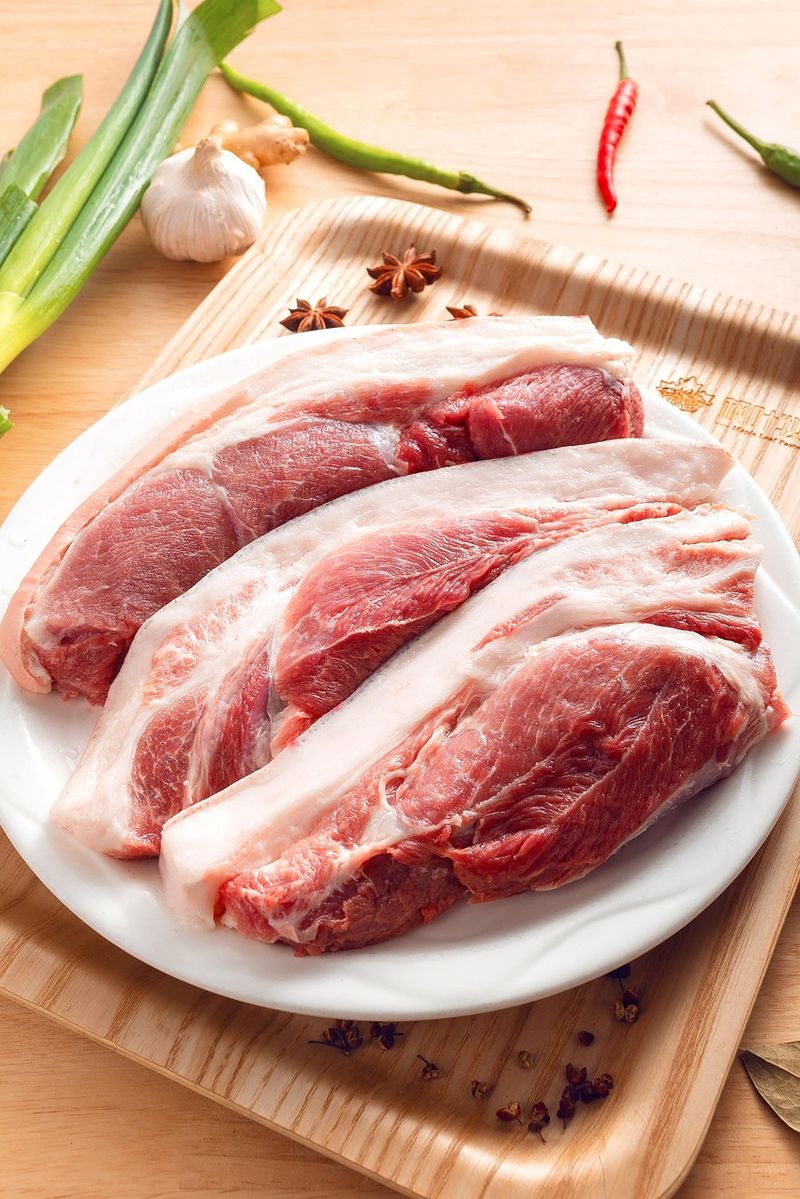
Whoever started the rumor that all pork comes from obese, mud-wallowing hogs needs a reality check! Modern pork production has transformed dramatically, with today’s pigs bred to be significantly leaner than their ancestors from the 1950s.
Farmers now use advanced nutrition and selective breeding programs focusing on muscle development rather than fat accumulation. The result? Pork that contains about 16% less fat and 27% less saturated fat than what your grandparents ate.
3. Pork Must Be Cooked Until Bone Dry
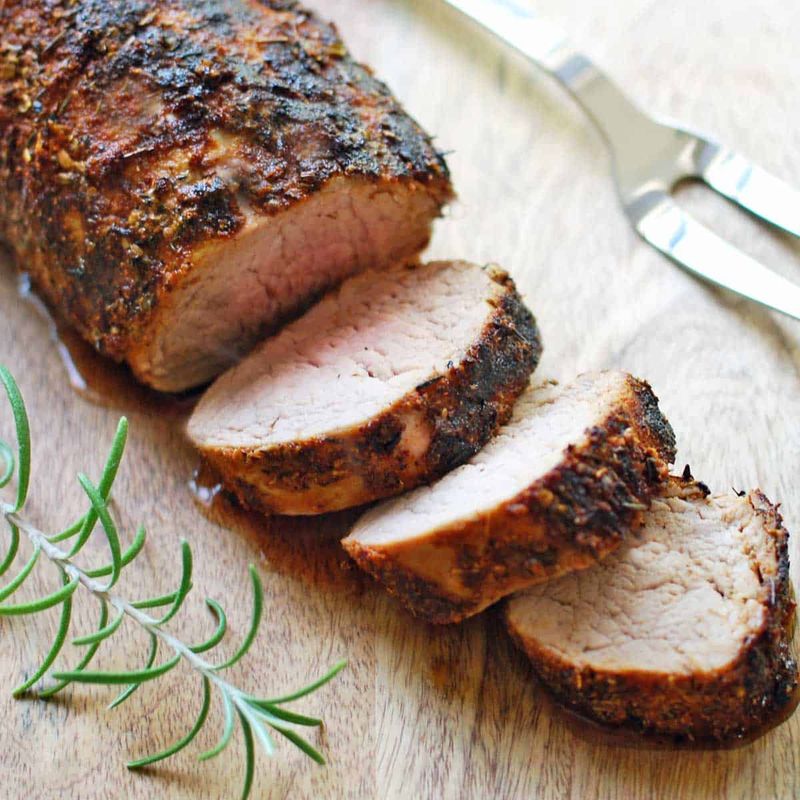
Generations of home cooks have committed culinary crimes against pork, transforming juicy cuts into shoe leather. The fear-driven overcooking stems from outdated concerns about trichinosis – a parasite that’s virtually eliminated from commercial U.S. pork.
Treating pork like chicken (cooking until dry and dense) is the fastest way to ruin dinner. Instead, medium to medium-well doneness creates a flavor explosion. That’s 145°F with a 3-minute rest for whole cuts, not the 170°F hockey puck method from the 1950s.
4. All Pork Contains Dangerous Worms
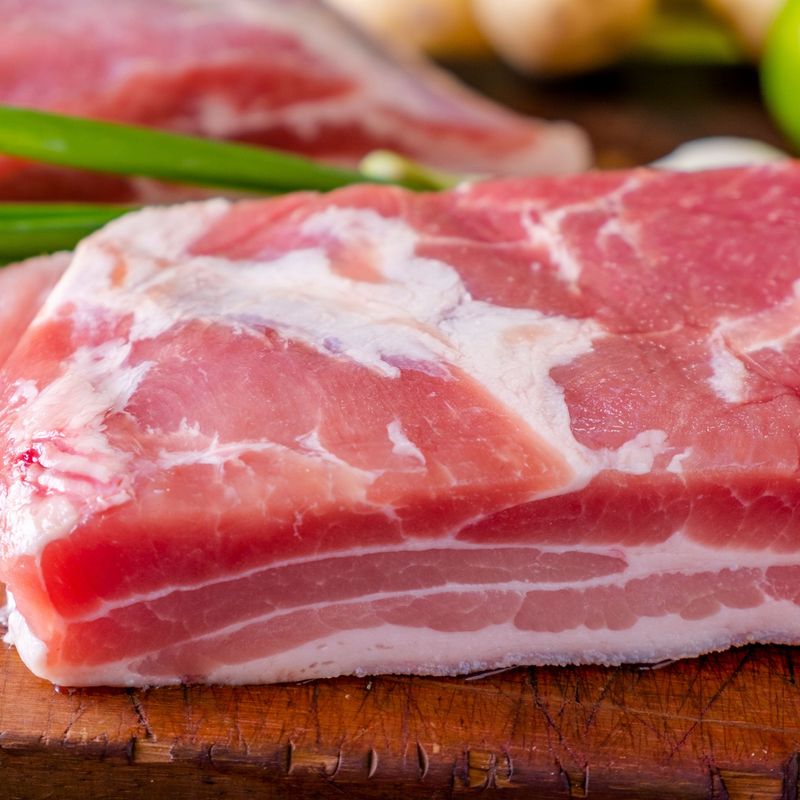
“Watch out for those deadly pork worms!” – a warning straight from 1940 that somehow survived into modern times. Trichinosis, the parasite everyone fears, has become about as common in commercial U.S. pork as finding a unicorn in your backyard.
The Centers for Disease Control reports fewer than 20 cases annually in the entire United States, with most linked to wild game, not commercial pork. Modern farming practices, including controlled feeding and housing, have virtually eliminated this once-common parasite.
5. Pork Is Nutritionally Empty
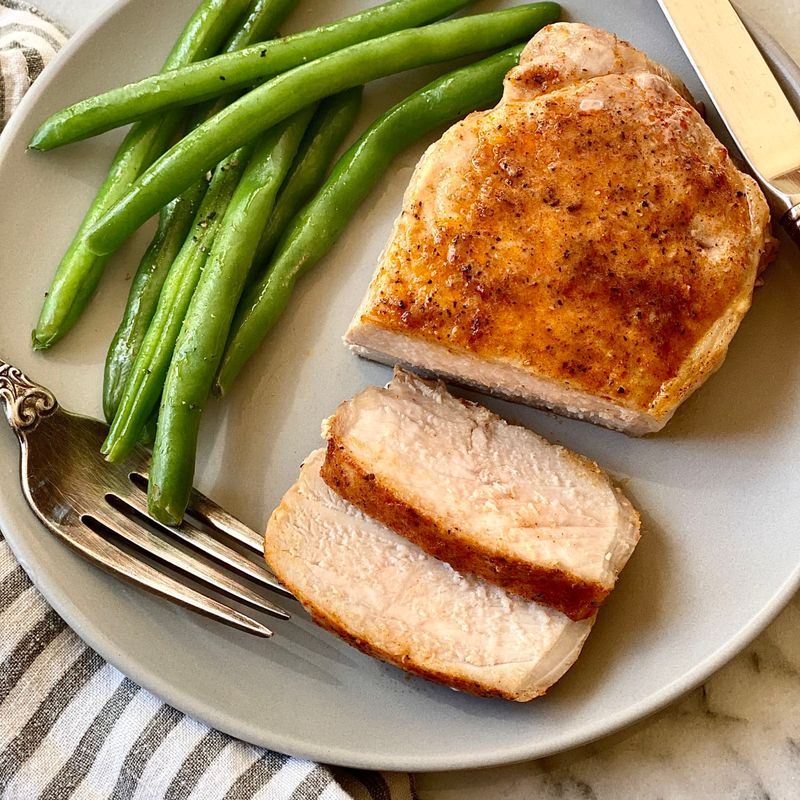
Calling pork nutritionally worthless is like claiming the sun is made of ice cream! This protein powerhouse packs an impressive nutritional punch that would make most foods jealous. A single 3-ounce serving delivers over 20 grams of complete protein along with essential B-vitamins that your body craves.
Pork ranks as one of the richest natural sources of thiamin (B1), a nutrient crucial for energy metabolism. It also supplies significant amounts of niacin, B6, phosphorus, and selenium – nutrients vital for everything from immune function to DNA synthesis.
6. Pork Causes Heart Disease

Heart doctors aren’t standing outside butcher shops waving warning flags when you buy pork chops! The outdated notion that pork automatically clogs arteries belongs in the same trash bin as bloodletting and mercury treatments.
Modern pork, particularly lean cuts like tenderloin, sirloin, and center-cut chops, contains heart-healthy monounsaturated fats similar to those in olive oil. A landmark Harvard study tracking over 20,000 people found no association between unprocessed red meat consumption and heart disease risk.
7. Pork Is “The Other White Meat”
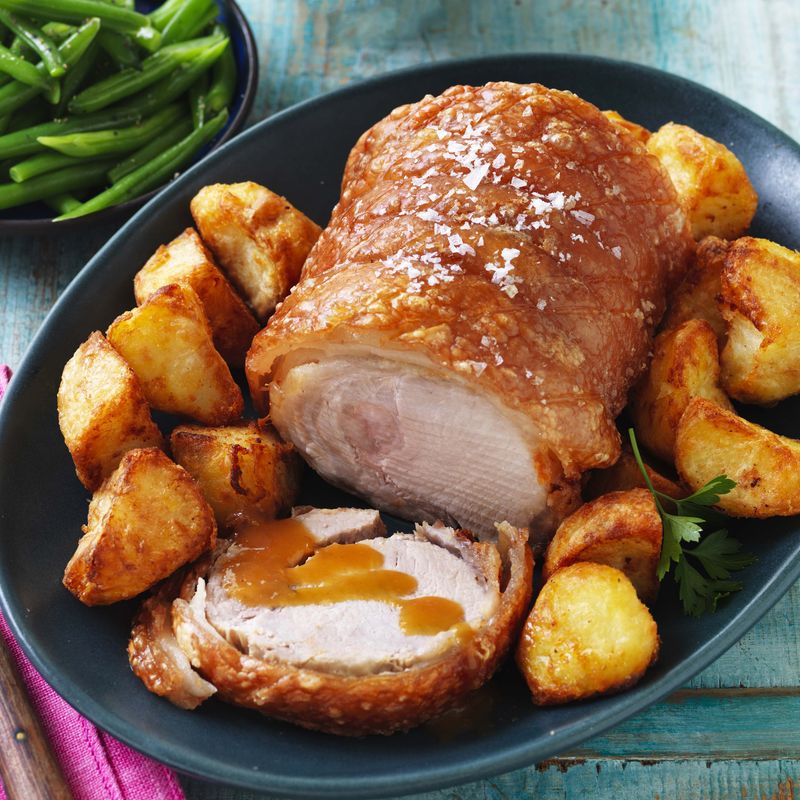
Marketing geniuses struck gold with the “other white meat” slogan, but biologically speaking? Pure hogwash! Pork is categorically red meat, despite what that famous 1980s advertising campaign burned into our collective consciousness.
The science is simple: meat color depends on myoglobin concentration in muscle fibers. Pork contains more myoglobin than chicken or turkey but less than beef, placing it firmly in the red meat camp according to nutritional scientists and the USDA.
8. Wild Pigs And Domestic Pigs Are Completely Different Species
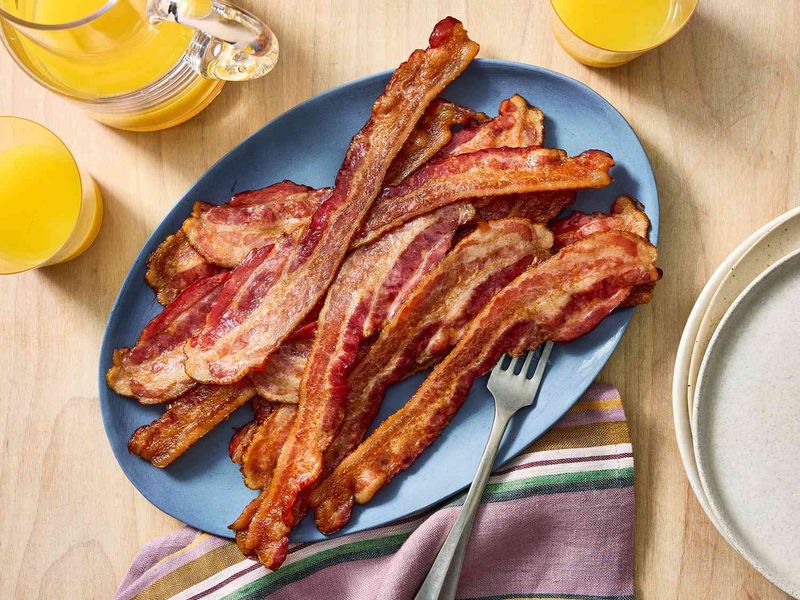
Surprise! That bacon on your plate and that tusked beast charging through the forest share the exact same scientific name: Sus scrofa. Wild boars and domestic pigs aren’t different species – they’re different varieties of the same animal!
Domestic pigs descended directly from European wild boars through selective breeding starting around 9,000 years ago. The genetic difference between them is minimal, allowing them to interbreed and produce fertile offspring – the scientific definition of belonging to the same species.
9. Pork Fat Is Terrible For You
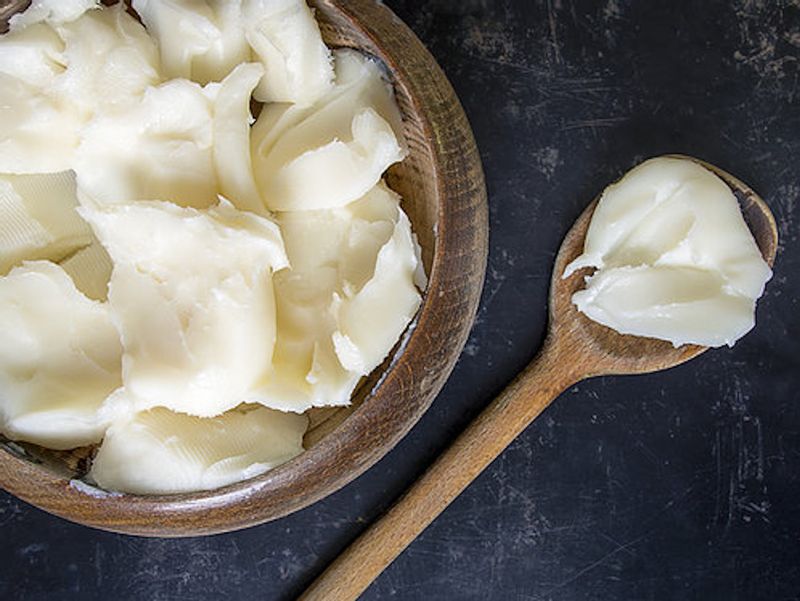
Fat-phobic diet culture has unfairly demonized lard while olive oil gets a health halo! The truth? Pork fat contains more unsaturated fat than beef fat and is rich in oleic acid – the same heart-healthy fat celebrated in olive oil.
A 2015 analysis in the International Journal of Obesity identified lard as one of the top 10 most nutritious foods based on nutrient density. Unlike heavily processed vegetable shortenings, traditional lard contains zero trans fats when naturally rendered.
10. Pork Isn’t Kosher Because It’s Dirty
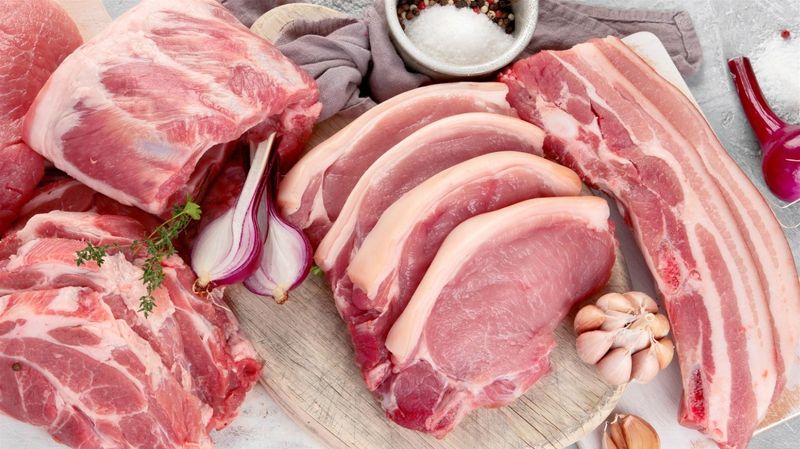
The persistent myth that pork earned its non-kosher status due to being “filthy” or “disease-ridden” is pure historical fiction! Religious dietary restrictions rarely stem from health concerns – they’re primarily theological in nature.
Pigs aren’t inherently dirtier than other livestock. Their reputation comes from their cooling behavior (wallowing in mud to regulate body temperature since they lack sweat glands) and omnivorous diet. Modern commercially raised pigs live in controlled environments with specific diets.
11. You Can Get The Flu From Eating Pork
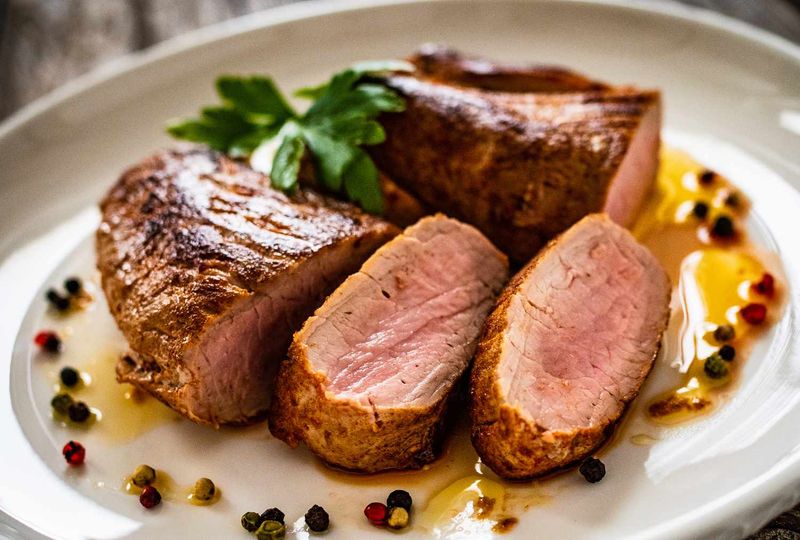
Panic over “swine flu” sent pork sales plummeting in 2009, yet not a single person caught H1N1 from a BLT sandwich! This massive misconception confuses respiratory viruses with foodborne illness.
Influenza viruses, including those nicknamed “swine flu,” spread through respiratory droplets – not through properly cooked meat of any kind. The World Health Organization, CDC, and FDA have repeatedly confirmed that properly handled and cooked pork products pose zero risk for influenza transmission.
12. Pork Has More Calories Than Other Meats
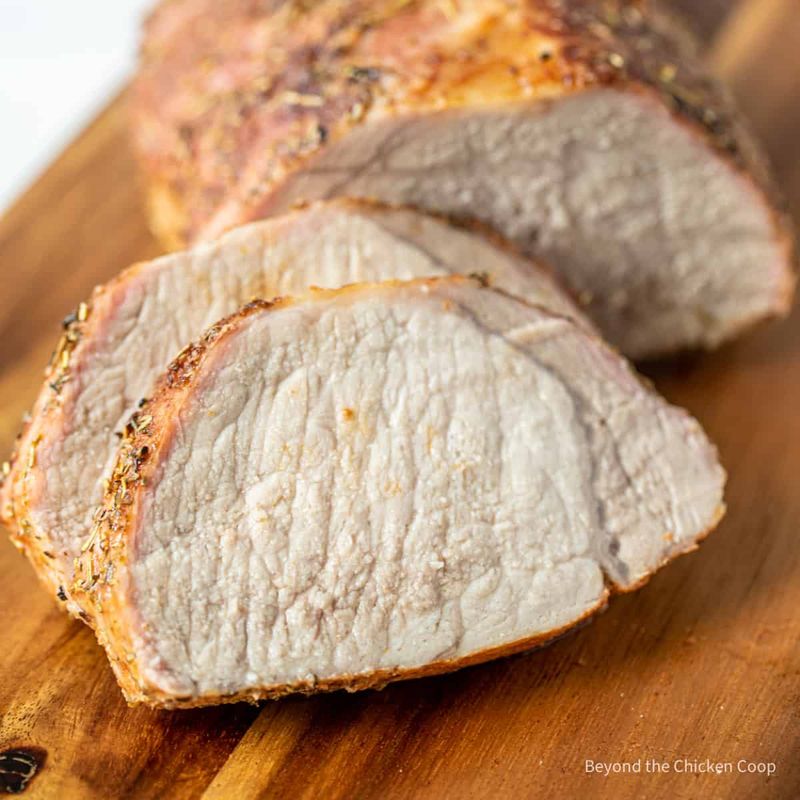
Calorie counters avoiding the pork section are missing out based on outdated information! Modern pork cuts have undergone a remarkable transformation over the past 30 years through selective breeding and improved feeding practices.
A 3-ounce serving of pork tenderloin contains just 120 calories with 3 grams of fat – making it leaner than the same portion of skinless chicken breast! Even pork chops now contain 31% less fat than their counterparts from the 1970s.
13. Pork Causes Cancer
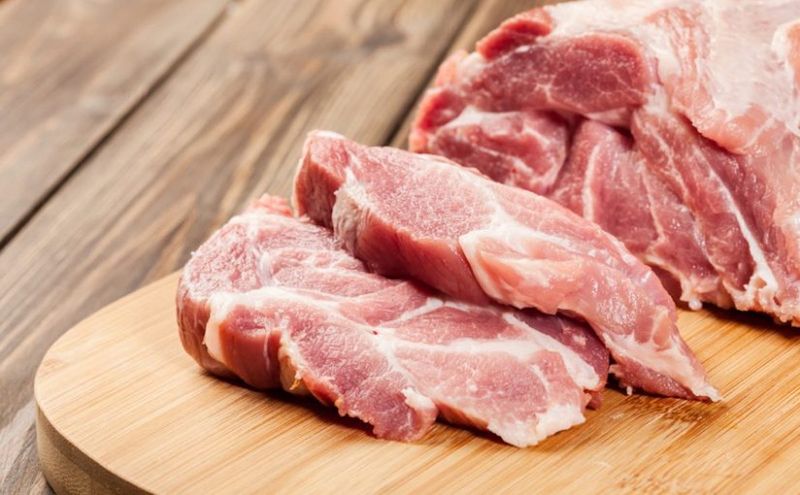
Headlines screaming “Bacon Causes Cancer!” sent processed meat lovers into panic mode, but the nuanced truth got lost in the hysteria. The World Health Organization’s classification of processed meats as carcinogenic doesn’t apply to fresh, unprocessed pork.
The culprits in processed meats are preservatives like nitrates and nitrites, along with compounds formed during high-heat processing – not the pork itself. Fresh pork chops, tenderloin, and roasts lack these problematic additives and cooking methods.
14. Pork Tastes The Same Worldwide
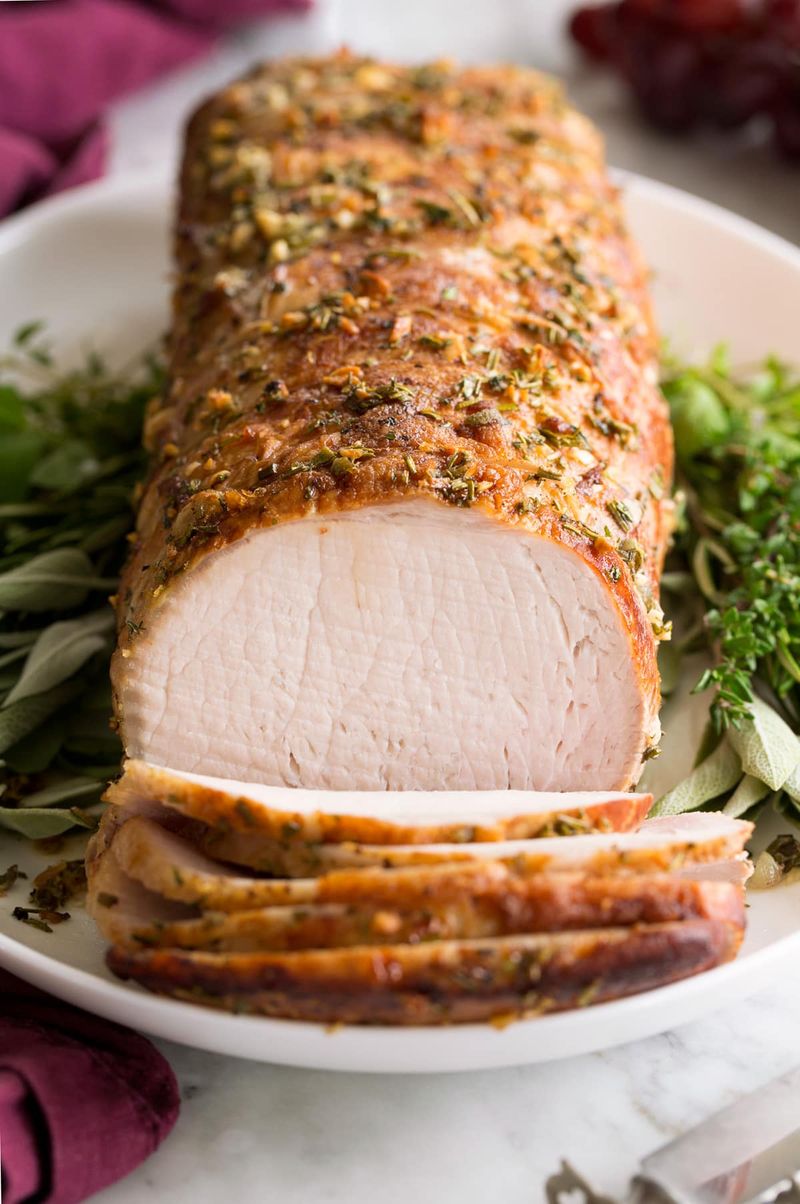
Believing all pork tastes identical is like claiming all wine tastes the same – laughably wrong to anyone who’s explored beyond supermarket basics! Pork flavor varies dramatically based on breed, diet, and raising conditions.
Heritage breeds like Berkshire (Kurobuta) and Ibérico offer flavor profiles as complex as fine wine, with marbling and nutty undertones mass-produced pork can’t match. The diet effect is stunning: acorn-fed Ibérico pigs from Spain develop almost buttery meat that commands hundreds of dollars per pound.
15. Pork Is Always Factory Farmed
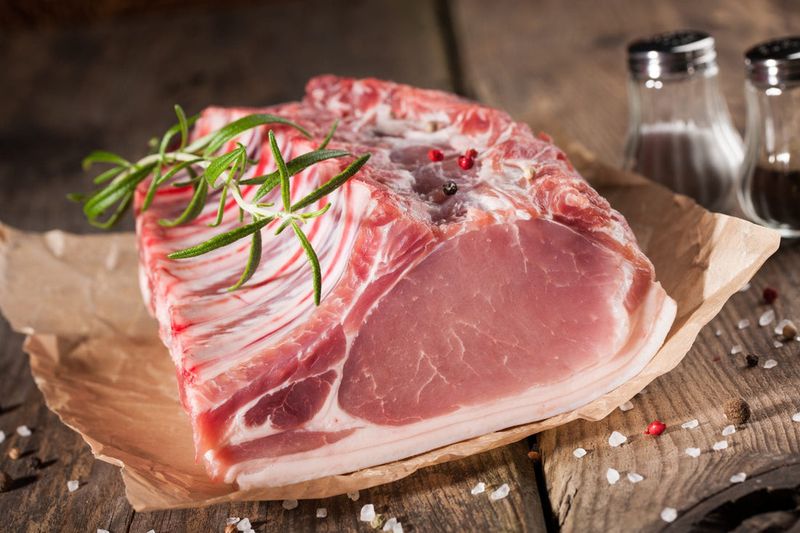
Contrary to the grim documentary footage etched into our brains, not every pig spends its life in a factory farm! The pork industry spans a spectrum from industrial operations to idyllic family farms where pigs enjoy sunshine, fresh air, and natural behaviors.
Heritage breed revivals and the surge in pasture-raised pork production have created viable alternatives for conscientious consumers. These operations prioritize animal welfare, sustainable land management, and traditional husbandry – a stark contrast to conventional methods.

